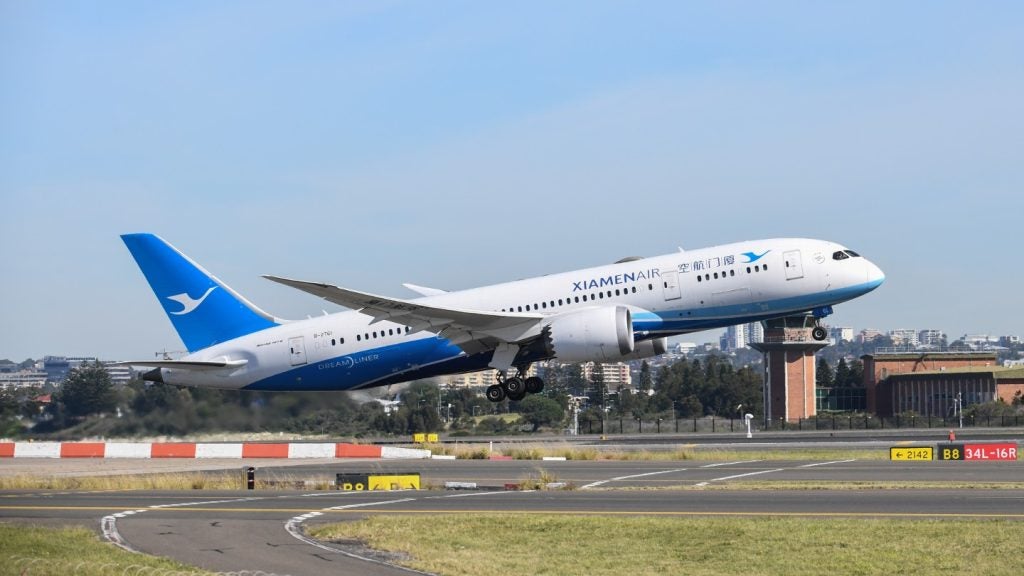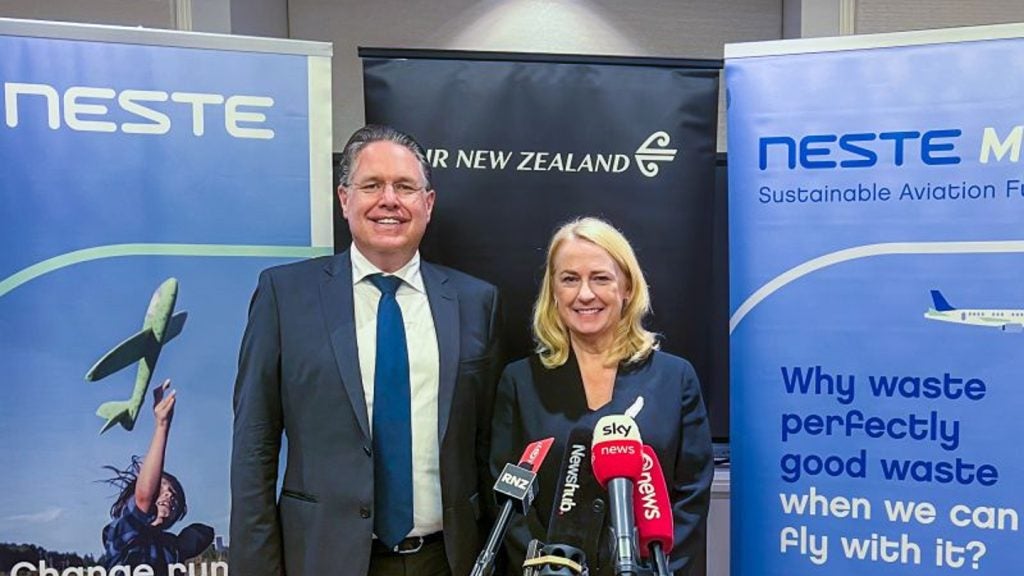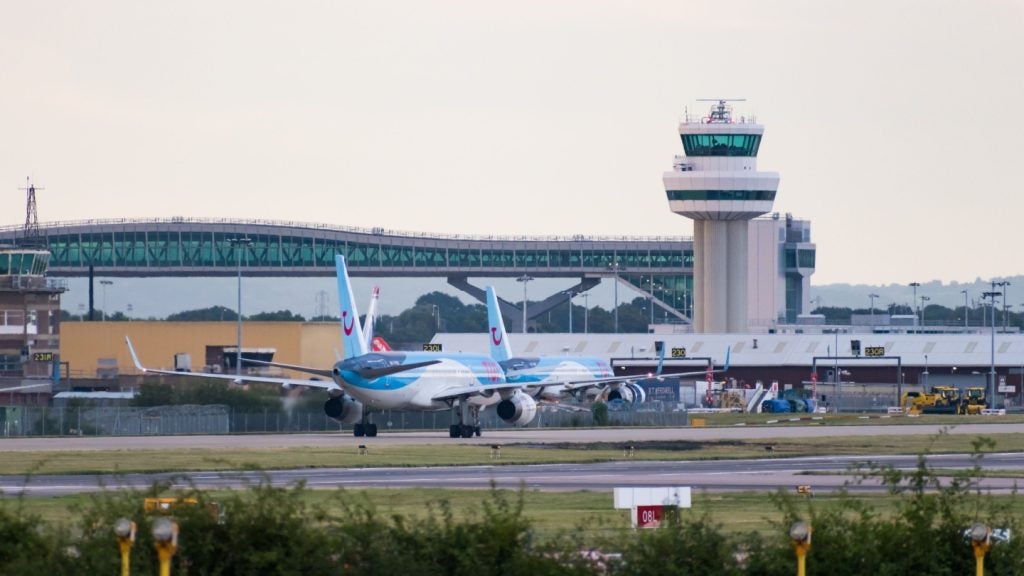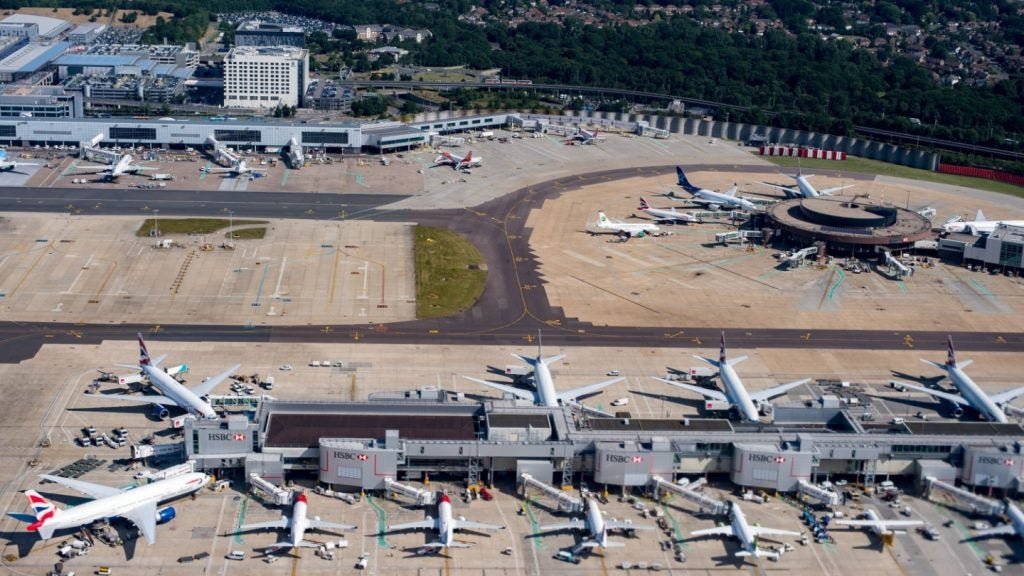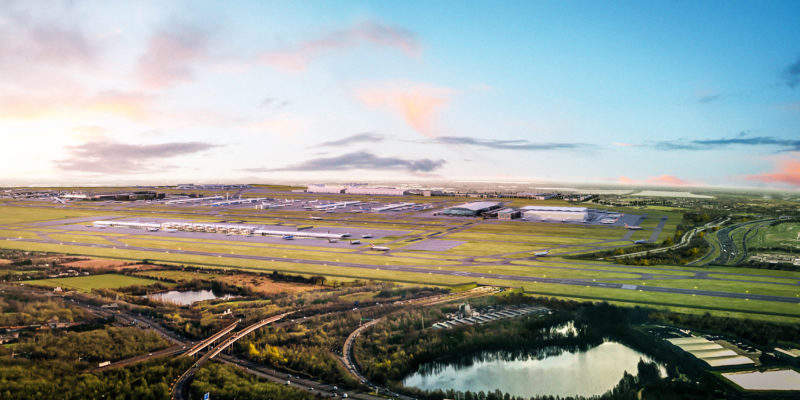
Heathrow Airport will be desperately hoping that 2018 is the year it can finally put to bed debate over its expansion plans and get to work on building a new third runway.
While Heathrow may have the backing of the UK Government to do just that, a vote in Parliament awaits later this year. It isn’t a done deal. If we have learned anything in the aeons since UK airport capacity expansion was first mooted, it is that these matters rarely run a smooth course.
Having launched a consultation in January, Heathrow is doing its upmost to convince both the public and the Department for Transport that it is the airport to solve the UK’s capacity crisis. It has revised costs for the new runway, which now stand at £14.3bn – down £2.5bn from the original price. It has also promised to keep airport charges “close to” today’s levels.
Unfortunately for Heathrow, sweet promises of lower costs have not appeased the airlines. Willie Walsh, chief executive of IAG, British Airways’ (BA) parent company, has said on record that he has “zero confidence” in a third runway being delivered on time and on budget. Damning words indeed, given that BA operates around half of the flights at Heathrow.
Heathrow also needs to have its credentials in order when it comes to its environmental performance. Opponents of the expansion believe a third runway will contribute to a significant decline in air quality, with noise pollution set to become even worse.
Minimum impact: the new environmental charges
It is no coincidence then that Heathrow has increased its environmental charges by 7%, effective from 1 January, in a bid to minimise its impact on the local communities living close to the airport.
How well do you really know your competitors?
Access the most comprehensive Company Profiles on the market, powered by GlobalData. Save hours of research. Gain competitive edge.

Thank you!
Your download email will arrive shortly
Not ready to buy yet? Download a free sample
We are confident about the unique quality of our Company Profiles. However, we want you to make the most beneficial decision for your business, so we offer a free sample that you can download by submitting the below form
By GlobalDataIt is hoped that airlines – who are consulted by Heathrow prior to setting the annual charging framework – will be incentivised to deploy their newest aircraft to achieve the desired effect. All fines raised by the system of penalising airlines using older aircrafts will go to local community groups.
“Whilst it is too early to give any definite results on [the impact] the charge has had on airline behaviour, I can say that Heathrow’s noise footprint is at its smallest recorded level as a result of our continued focus on reducing the airport’s environmental impacts,” says Weston Macklem, a Heathrow spokesperson.
For Alistair Watson, partner at law firm Taylor Wessing, the move by Heathrow isn’t altogether surprising, as the airport seeks to improve its engagement with local communities on environmental matters.
“As an airport bounded by residential areas and to the west of London where the prevailing wind is a westerly wind, Heathrow has always been extremely conscious of the need to incentivise and encourage airlines to use quieter aircraft,” he says.
“It was certainly a point that was well played out during the course of the Terminal 5 inquiry in the late 1990s, and has continued to play a part in the community engagement programme at Heathrow in more recent years.”
The bigger picture: Heathrow 2.0 at a glance
The new levy ties into the airport’s Heathrow 2.0 sustainability strategy, launched last year. This includes making a new runway carbon neutral, the use of 100% renewable electricity, and the creation of an airside ultra-low emission zone by 2025.
Heathrow has also invested over £4m in its electric vehicle-charging infrastructure, with the airport now housing over 80 charging points for use by passengers, staff and airside vehicles. Total investment in electric vehicles is set to reach £5m by the end of this year.
Beyond the airport premises, Heathrow is hoping the development of new public transport projects, such as Crossrail and HS2, will help it reach its goal of 50% of passengers using sustainable transport to and from the airport by 2030.
Returning to the theme of environmental charges, close to 80% of the levy at Heathrow is reported to be recovered through noise charges; the remainder through charges relating to nitrogen oxide emissions.
Of Heathrow’s total charging policy, 29% is derived from environmental charges, 67% from departing passenger charges, and the remaining 4% from levies on aircraft parking. The charging structure is predicated on a maximum allowable yield per passenger model. For 2017, Heathrow calculated its total passenger flow at 77 million, with overall revenues from charges at £1.5bn.
No coincidence: could a greener performance get Heathrow a third runway?
Heathrow’s decision to introduce the new charge on the eve of the public planning consultation was no coincidence, Watson believes. Instead, it marked a deliberate statement from Heathrow that it is leaving no stone unturned as to its case for a third runway.
“The airport operator is conscious as it enters into the consultation trench warfare on its third runway plans that it needs to show government and the wider community that it has a transparent commitment to encouraging airlines to do the right thing for the communities which surround the airport,” he explains.
“Using financial incentivisation to internalise the external costs of aviation noise shows that the airport operator is approaching the master planning of the third runways expansion with the objective of minimising impacts.”
As part of the ten-week public planning consultation, launched on 17 January, Heathrow is also seeking views on whether flights should be concentrated over a single area, or be more spread out. And while the airport has stated its intention to maintain a six-and-a-half hour ban on scheduled night flights, the public is also invited to give its preference on when flights should commence and end.
Furthermore, Heathrow is reported to be on the lookout for a new chair to head up a new independent Community Engagement Board, which will serve as a fulcrum of engagement between the airport, community groups, local community groups and passengers.
If Heathrow were to fall short in its environmental pledges, Gatwick Airport could look to capitalise. Gatwick – which re-entered the expansion race last year – has its own noise management board (NMB) – which recently released it second annual progress report.
According to the NMB, the airport has made significant progress in its drive to eliminate the “whine” synonymous with arriving Airbus A320 aircraft. It has also devised a ‘Virtual Community Noise Simulator’, which is able to show how levels of aircraft noise could be reduced through the introduction of new flight procedures and technology.
Back at Heathrow, costing and budgeting may dominate column inches, but evidence of environmental integrity shouldn’t do its case for expansion any harm.



